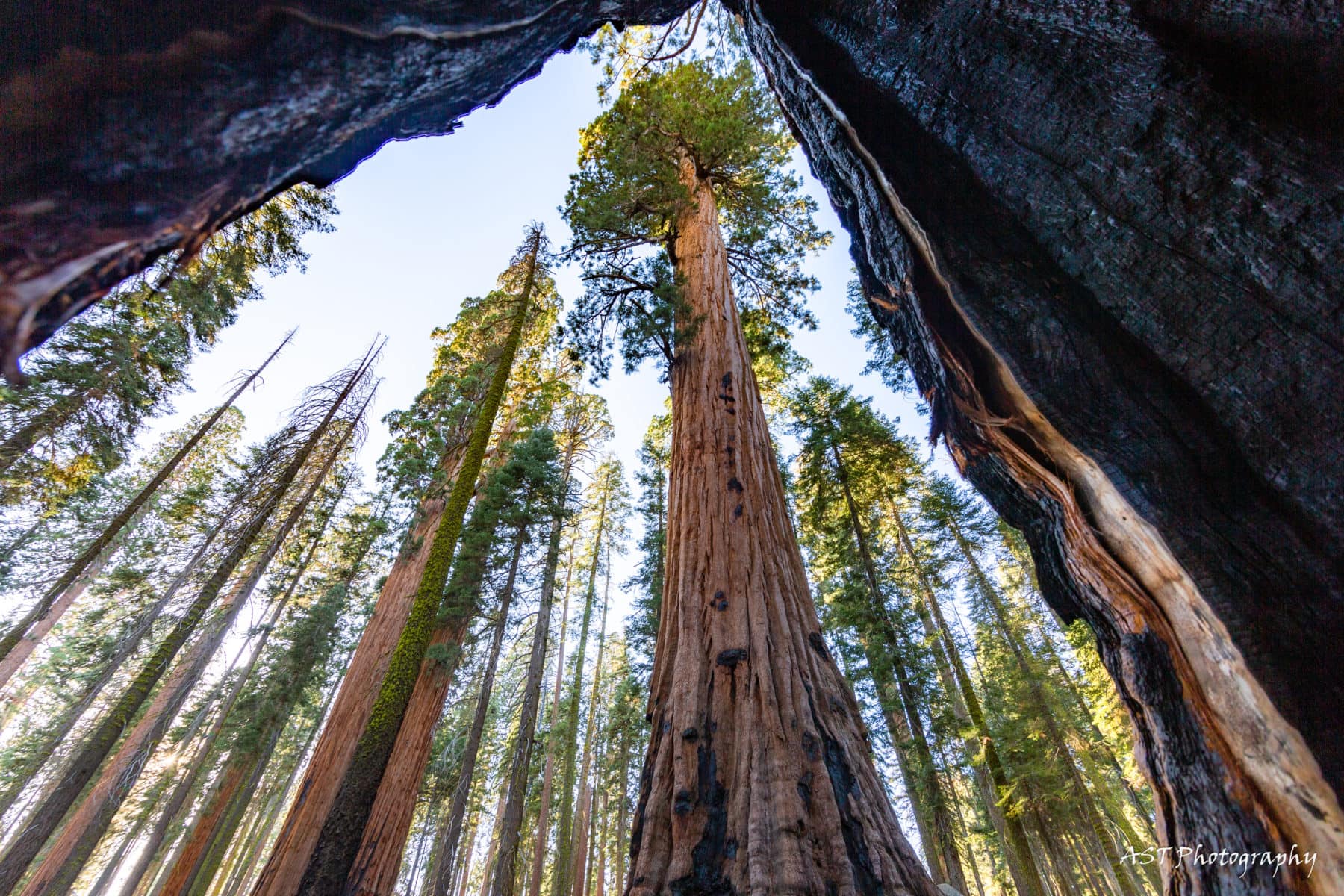Sequoia National Park Address-- Secret Info for Your Trip
Sequoia National Park Address-- Secret Info for Your Trip
Blog Article
Explore the Diverse Wild Animals Habitats Within Sequoia National Park
Sequoia National Park is an ecological treasure, showcasing an impressive array of wildlife habitats that add to its abundant biodiversity. From the majestic gigantic sequoia woodlands to the diverse alpine fields, each environment plays a critical function in supporting different species, including both usual and unusual fauna.
Introduction of Sequoia National Park
Sequoia National forest, nestled in the southern Sierra Nevada hill array of The golden state, is renowned for its impressive landscapes and looming giant sequoias. Developed in 1890, it is one of the earliest national parks in the USA, dedicated to protecting the all-natural appeal and eco-friendly integrity of this distinct area. The park includes over 404,000 acres of varied surface, featuring marvelous mountains, deep canyons, and lush fields.

Visitors can check out various hiking routes, ranging from leisurely walks to challenging backcountry routes, each using an one-of-a-kind point of view of the park's splendour. With its mix of natural wonders and leisure chances, Sequoia National Park serves as an important shelter for both wild animals and those looking for to attach with nature.

Significant Wild Animals Habitats
The varied landscapes of Sequoia National forest create a mosaic of wildlife habitats that support a rich variety of species. These habitats vary from lavish meadows and dense woodlands to rough towering areas and expansive river valleys, each supplying unique eco-friendly particular niches.
One noticeable environment is the gigantic sequoia woodland, defined by looming trees and an abundant understory, which supports various animals, birds, and insects. The combined conifer woodlands, composed of species such as sugar yearn and white fir, deal additional sanctuary and food sources for wildlife.
Meadows and meadows play an important duty in the park's communities, working as essential foraging premises for herbivores like deer and small animals. These open areas likewise attract diverse bird species, particularly throughout migration periods.
The park's higher elevations feature alpine habitats, where conditions are harsh and species are adjusted to endure in such extremes (Sequoia National Park hour). Right here, one can locate special plants and animals that thrive in rough, cold atmospheres
Plants and Animal Variety
Within the varied ecosystems of Sequoia National forest, an amazing range of vegetation and animals coexists, showcasing the complex relationships that sustain the park's biodiversity. The park is home to over 1,300 plant species, consisting of the iconic gigantic sequoias, which are among the biggest and earliest trees in the world. These impressive trees offer necessary environment and food sources for different wild animals, promoting a complex web of eco-friendly interactions.
Animal varieties in Sequoia National Park are official site similarly varied, with habitats ranging from lowland foothills to high alpine settings. Animals such as black bears, mule deer, and bobcats grow in this rich environment, while avian species, including the marvelous golden eagle and the elusive spotted owl, elegance the skies. Amphibians and reptiles, like the Sierra amphibian and the western rattlesnake, additionally play essential functions in preserving eco-friendly balance.
The park's unique mix of altitude slopes and microclimates sustains these varied species, highlighting the value of maintaining the natural environments that permit such an abundant tapestry of life to grow. Comprehending this variety is important for appreciating the environmental relevance of Sequoia National Park.
Conservation Initiatives in the Park
Preservation efforts in Sequoia National forest play an important role in protecting its special environments and the diverse varieties that populate them. The park utilizes a diverse method, including environment restoration, species monitoring, and intrusive types management. These campaigns are vital for preserving the fragile equilibrium of the park's environments, that include giant sequoias, fields, and towering atmospheres.
Energetic reconstruction projects concentrate on improving native plant areas and rehabilitating abject environments. Sequoia National Park hour. This is specifically vital in locations affected by human task or all-natural disturbances such as wildfires. The park's biologists conduct routine surveillance of vital species, including the endangered Sierra Nevada bighorn lamb, to evaluate populace wellness and inform management approaches
Intrusive types present a substantial risk to the park's biodiversity. Through these extensive efforts, Sequoia National Park strives to safeguard its rich natural heritage for future generations while guaranteeing the resilience of its diverse wildlife environments.
Tips for Wild Animals Observation
Observing wildlife in Sequoia National Park supplies an unique possibility to connect with nature and value the varied varieties that prosper in this impressive habitat. To optimize your wildlife observation experience, take into consideration numerous vital pointers.
To start with, strategy your go to throughout early morning or late afternoon, as these times are most active for lots of animals. Bring field glasses to observe wild animals from a risk-free range without disrupting their all-natural actions. Furthermore, familiarize yourself with the species you wish to see; comprehending their routines and environments can boost your possibilities of detecting them.
Persistence is important; wildlife observation commonly needs waiting quietly and recognizing your surroundings. Remain on designated trails to decrease your influence on the ecosystem and guarantee your safety. It is also a good idea to preserve a respectful range from animals, avoiding any kind of actions that could worry them or interrupt their setting.
Lastly, take into consideration signing up with guided excursions led by knowledgeable park rangers. These experts can provide useful insights and raise your possibilities of observing wildlife in their all-natural settings. By complying with these ideas, you can enhance your experience and contribute to the preservation of Sequoia's wild animals.

Conclusion
Sequoia National Park offers as an important refuge for varied wild animals, showcasing an amazing variety of habitats that support numerous types. Ultimately, the park's biodiversity highlights the value of keeping such natural landscapes for future generations.
Please visit one of our local supporters - Wholesale Liquidation Pallet Dewalt Tool Packs
Report this page